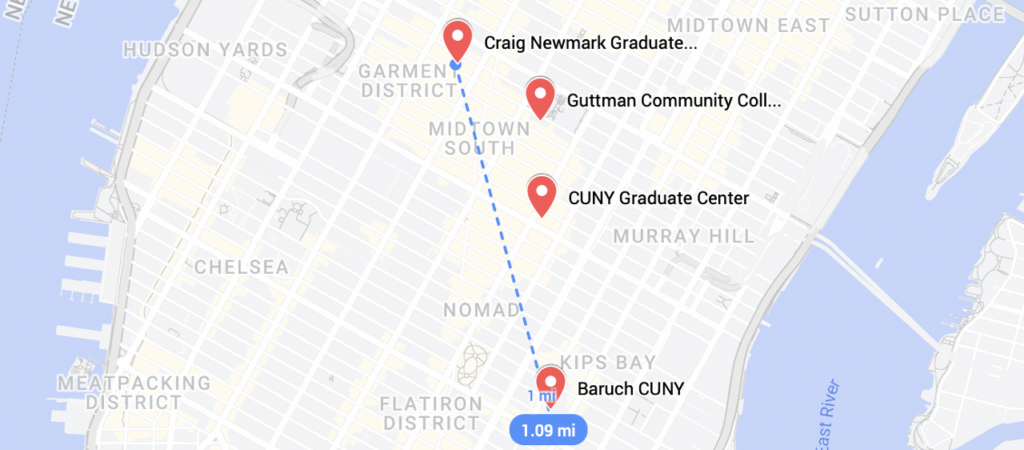By Jayson Castillo
When I work with undergraduate students, I am sure to let them know at some point or another that I did not enjoy school, that I was “not a good student,” which they almost always seem surprised to hear. The assumption goes that, because I am enrolled in a Ph.D. program or because I have worked as a public-school teacher prior to graduate school, I must have really been great at school. The truth is that for most of my upbringing—while I can say that I had a fierce commitment to curiosity and learning—I really hated school. Like most of my peers, I found it boring, tedious, and unnecessarily painful.
Luckily, my outlook on education would change dramatically after enrolling in community college. There, I met caring and committed professors that seemed to understand the complexity of their students’ lives—including mine—and who were committed to teaching, as well as mentoring and guiding learning.
At community college, I also found a student body with a broad range of backgrounds and experiences. In fact, the range of experiences in the lives of the students and their commitment to bringing their full selves into the classroom was community college’s defining feature and contributed, more than anything, to the complete educational revolution I had found within myself there.
For starters, in my “Music Theory I” class, I sat next to first-time students, returning students, transfer students, part-time and full-time students/workers, documented and undocumented students, mothers and fathers of all ages, and even recent retirees. One peer had committed his whole life to working in IT, raised a family while doing so, and retired comfortably—and just wanted to, in his twilight years, live out a dream of learning the classical guitar. Another colleague had recently graduated from a specialized high school for young parents, and ran lines of opera in the hallway between classes. Yet another helped run the family pickle business while out of class, and would share all kinds of details about how to brine, package, and sell the family product. Naturally, the diversity in student backgrounds led to some of the most intensely interesting, funny, and intellectually stimulating conversations I have ever had the pleasure of being a part of. They also happened to saturate an educational experience that changed the direction of my life and sparked an intellectual awakening within me that carried me all the way to a Ph.D. program.
Today, for a myriad of reasons, community colleges continue to be diverse spaces, especially when compared to their “senior college” counterparts. For instance, regarding the racial and ethnic backgrounds of students at CUNY, Guttman Community College boasts roughly an 87% Black and Latinx student population, while Baruch’s Black & Latinx student population hovers around 31%, even though both are in mid-town Manhattan and about a mile apart from one another. The CUNY professional schools located in the same area, the Graduate Center and the Craig Newmark Graduate School of Journalism, both maintain majority-white student populations. Contrasting these student populations, we must at the same time consider students’ racial and ethnic backgrounds as a starting point, while also considering students’ class background, immigration status, age, educational background, first-generation college status, parental status, and even level of caretaking responsibilities.
CUNY campuses in midtown Manhattan

Without explicit efforts to level the playing field and increase access throughout the system, a diversity pyramid begins to form, one where students from diverse and marginalized backgrounds are embraced at the “bottom” and turned away at the top. The CUNY Graduate Center’s enrollment is especially jarring in this regard, given that the GC provides a significant number of adjuncts throughout the city—effectively drawing from a majority white teaching pool for a majority Black and Latinx student population.
% Black, Latinx, and White at Midtown CUNY campuses, 2022.
| CUNY | Black & Latinx | White |
| Guttman CC | 87% | 6% |
| Baruch | 31% | 27% |
| Journalism school | 38% | 52% |
| Graduate Center | 20% | 59% |
| New York City* | 52% | 40% |
| Source: Student Data Book. Office of Applied Research, Evaluation, and Data Analysis. CUNY. *NYC Population Data from the Census QuickFacts entry for New York City. | ||
The available data, alarming as it is, makes clear the need for immediate action and redress. After all, what message can CUNY possibly hope to send its students of color when they make up so little of the rising professorate?
And for students that manage to make it through the system, from community college to Ph.D., what message are they to receive when, along their arduous upward climb, their graduate school peers look less and less like they do, and originate less and less from the places they originate from?
Reflecting on these dynamics, I cannot help but wonder what university life might look like if the student body at the Graduate Center more closely resembled that of Hostos, BMCC, or LaGuardia CC? What if we could redraw the diversity pyramid so that the best of what CUNY has to offer at its peak is made more accessible throughout the system, all the way to its base, and vice versa?
CUNY has the capacity to engage in such an effort and is even called to do so by its mission, its history of student activism, and its unique position as a widely celebrated public institution. After all, you cannot claim to educate “the whole people,” while excluding them from the university’s Ph.D. granting institution.


